The North American Charging Standard (NACS) is a revolutionary charging interface for electric vehicles (EVs) that has gained widespread attention in the automotive and EV charging sectors. Initially developed by Tesla, the NACS was designed to simplify and enhance the EV charging experience, offering a unified, user-friendly solution for both AC and DC fast charging. This article explores the background of the NACS, its functionality, differences from other charging standards, its adoption by various automakers, and how it stands to shape the future of EV charging infrastructure in North America.
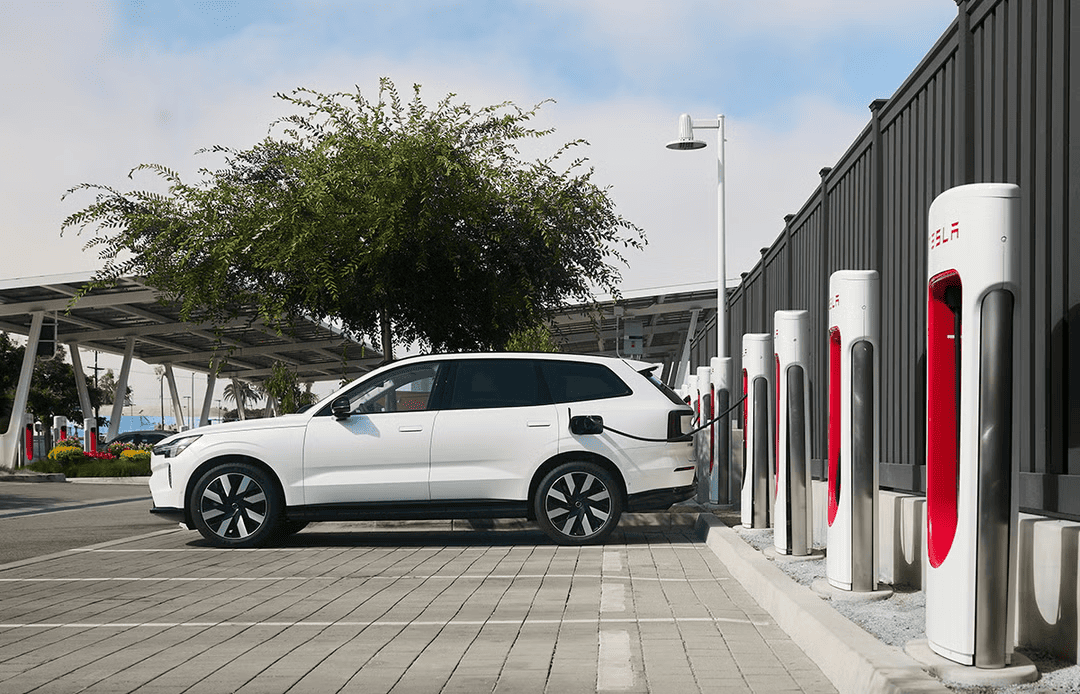
The North American Charging Standard (NACS) is an innovative charging connector standard for electric vehicles, developed by Tesla Inc. Tesla first introduced the system in 2012 under the name "Tesla charging connector," designed exclusively for its own EVs. Over the years, Tesla’s charging system became the gold standard for its vehicles, featuring streamlined design and high efficiency. However, for the broader automotive market, most electric vehicle manufacturers have relied on the Combined Charging System (CCS), with the CCS1 connector used in North America and CCS2 in Europe, for DC fast charging.
In November 2022, Tesla made a landmark decision to rebrand its proprietary connector as the North American Charging Standard (NACS) and offered it to other automakers and charging network operators for use. This move was a strategic step toward unifying the industry under a common charging standard, particularly for North America, where EV adoption continues to rise rapidly.
By doing so, Tesla aims to facilitate a smoother and more efficient transition to electric vehicles. The decision also allows other manufacturers to offer NACS-compatible charging ports in future EV models, increasing the accessibility and scalability of Tesla’s network. The NACS standard is designed to be flexible, encompassing both AC charging (Level 1 and Level 2) and DC fast charging, all through a single connector, eliminating the need for different adapters or cables for different types of charging.
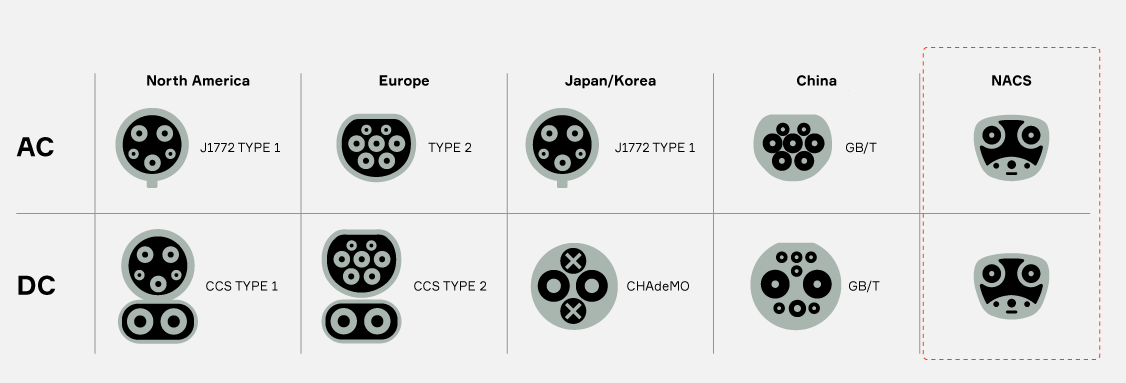
Tesla’s decision to share the NACS connector and its specifications with other automakers was pivotal in expanding the reach of the charging standard. In June 2023, the Society of Automotive Engineers (SAE), an internationally recognized standards development organization, officially announced that it would standardize the NACS connector. This move was essential in providing greater consistency across the EV industry and ensuring that all stakeholders—automakers, charging station operators, and consumers—would have a common framework for charging infrastructure.
Several major automotive manufacturers have embraced NACS and announced plans to integrate NACS-compatible charging ports into their upcoming EV models. Notable brands such as Ford, Rivian, and General Motors (GM) have committed to adopting NACS for their future electric vehicles, acknowledging the advantages of a unified standard that streamlines the user experience and expands the availability of charging infrastructure.
One of the key advantages of NACS is that it combines both AC charging (Level 1 and Level 2) and DC fast charging capabilities into a single, compact connector. This simplification contrasts with other charging standards, such as CCS, which use separate connectors for AC and DC charging. By consolidating these functions into one connector, NACS reduces the need for multiple charging cables and adapters, creating a more seamless charging experience for both consumers and businesses.
Additionally, the NACS connector incorporates power-line communication (PLC) technology, which facilitates communication between the vehicle and the charging station during the charging process. PLC is a more efficient method of transmitting data compared to the CAN bus system used by CCS. This added communication layer enhances the charging experience by enabling faster and more reliable charging interactions, with the ability to provide real-time data on charging status, power usage, and other key metrics.
NACS combines both AC and DC charging in one connector, making it versatile and efficient for all types of electric vehicle charging needs.
The integration of PLC technology ensures smoother, faster, and more reliable communication between the vehicle and the charging station, improving the overall user experience.
The NACS connector is smaller and more streamlined compared to CCS, offering a less cumbersome, more convenient solution for EV owners and operators.
With the SAE International’s decision to standardize the NACS connector, there is now industry-wide consistency and compatibility across different EV models and charging stations.
Using the NACS system is simple and straightforward. The charging process involves two key steps:
To begin, the driver plugs the NACS DC fast charging cable into the NACS end of the adapter. The adapter is designed to ensure compatibility with both NACS and other vehicle charging systems.
The next step is aligning the adapter plug with the EV’s charging port and inserting it fully. Once the connection is made, charging starts automatically, with the vehicle and charging station communicating through the power-line communication technology to manage the charging process.
This user-friendly approach eliminates many of the complexities and inconveniences associated with multiple charging connectors, streamlining the process for both electric vehicle owners and charging station operators.
The most significant difference between the NACS and CCS connectors lies in their design and functionality:
The NACS connector is a single, integrated system that can handle both AC and DC charging. This design simplifies the charging infrastructure and reduces the number of charging cables and adapters required. Additionally, NACS uses power-line communication (PLC) for data transfer between the vehicle and the charging station, making it more compatible with a wider range of vehicles.
The CCS connector, in contrast, uses separate connectors for AC and DC charging. While this system is widely adopted, particularly in Europe, the use of two distinct connectors can be cumbersome for users who need to carry and manage different cables for different types of charging. Furthermore, CCS relies on the CAN bus for data transmission, which may not be as efficient or flexible as the PLC technology used in NACS.
By combining both AC and DC charging in one connector, NACS presents a simpler and more user-friendly solution for consumers and infrastructure providers alike. This single connector approach eliminates many of the challenges faced by users of CCS connectors, particularly when dealing with multiple charging stations that offer different types of charging.
Using an NACS adapter is a straightforward process. Here’s a step-by-step guide for drivers:
Press the NACS DC fast charger cable plug into the NACS end of the adapter until it is fully seated.
Align the adapter plug with the vehicle’s charge port, and fully insert the plug into the port.
Once the connection is secure, the vehicle will start charging automatically, utilizing the power-line communication to ensure the charging process runs smoothly.
Several high-profile automakers have already made moves to adopt NACS for their EVs. Companies such as Ford, Rivian, and General Motors (GM) have all announced plans to integrate the NACS connector into their upcoming electric vehicle models. This widespread adoption is expected to drive the expansion of NACS-compatible charging stations and infrastructure, making it easier for EV owners to access fast, reliable charging.
Ford’s commitment to the NACS standard ensures that their electric vehicles will be compatible with Tesla’s Supercharger network, making it easier for Ford EV owners to charge their vehicles across North America.
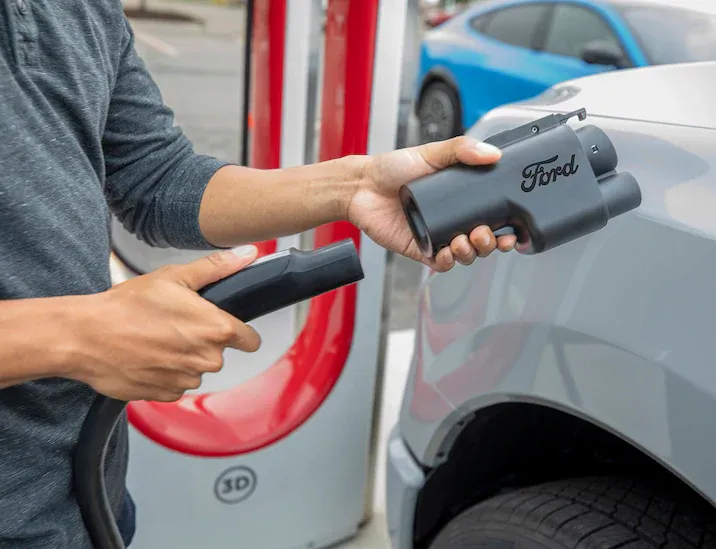
Rivian, an electric vehicle manufacturer focused on adventure-ready EVs, has also adopted the NACS connector. By aligning with the NACS standard, Rivian will benefit from the expanding infrastructure and widespread compatibility of the Tesla charging network.
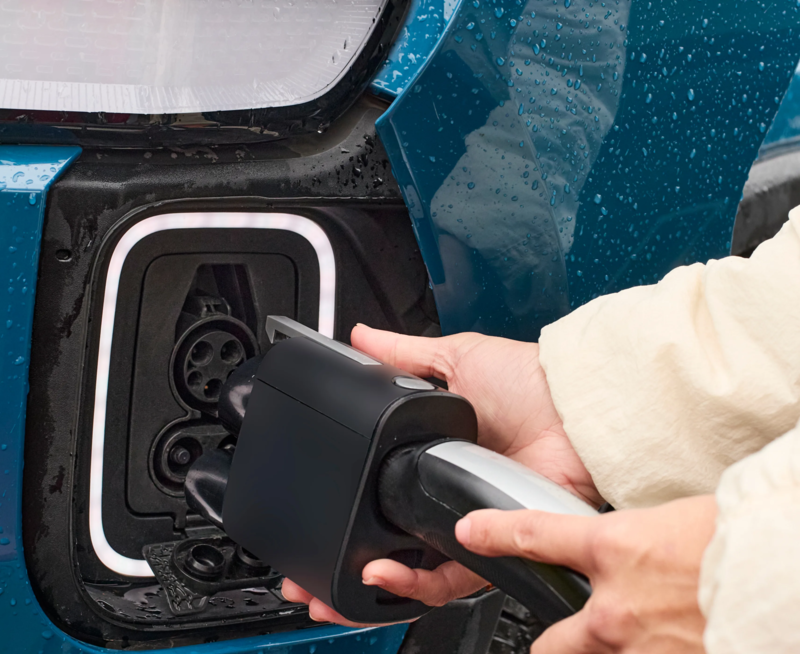
GM has announced that it will equip its future electric vehicles with NACS-compatible charging ports, further solidifying the growing industry-wide support for the standard.
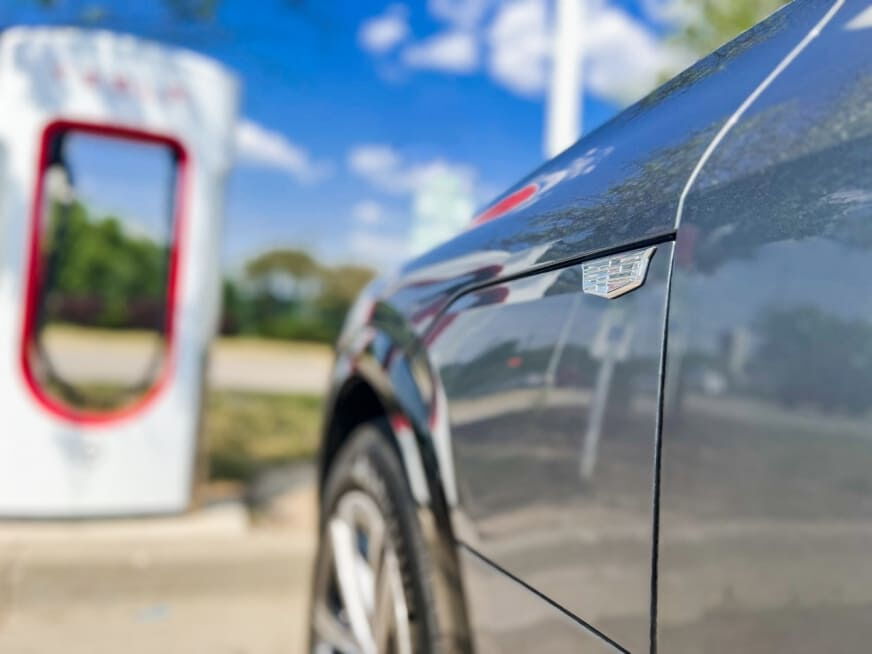
Honda has joined the growing list of automakers that have agreed to adopt Tesla's charge port. The company announced that all of its new electric models will have the NACS plug starting in 2025. Honda also said that it will introduce an adapter for its CCS-equipped EVs so that they're compatible with Tesla's charging network.
BMW has an announced an agreement to adopt Tesla's NACS charge port starting in early 2025. This plan extends to BMW's subsidiaries, Mini and Rolls-Royce. Existing EVs with the CCS-type port will also be compatible with Tesla's supercharger network through an adapter. BMW says its working on integrating a way to pay for charging with an in-car app as well as providing directions to Tesla chargers through the car's navigation.
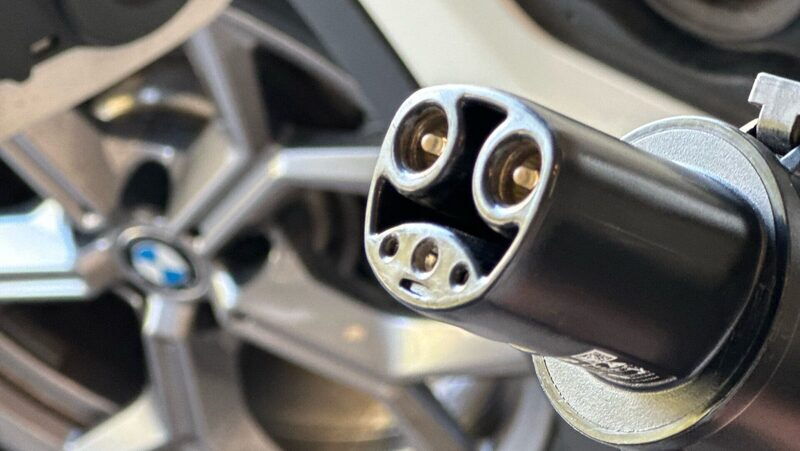
Audi has agreed to adopt Tesla's NACS charge port starting in 2025 in North America. Along with building new models that feature the plug, the company says it is working on an adapter for pre-2025 models with a CCS-type port, which would give them access to Tesla's Supercharger network.
Volvo drivers with compatible fully electric vehicles now have access to over 17,800 DC fast chargers on the Tesla Supercharger Network.
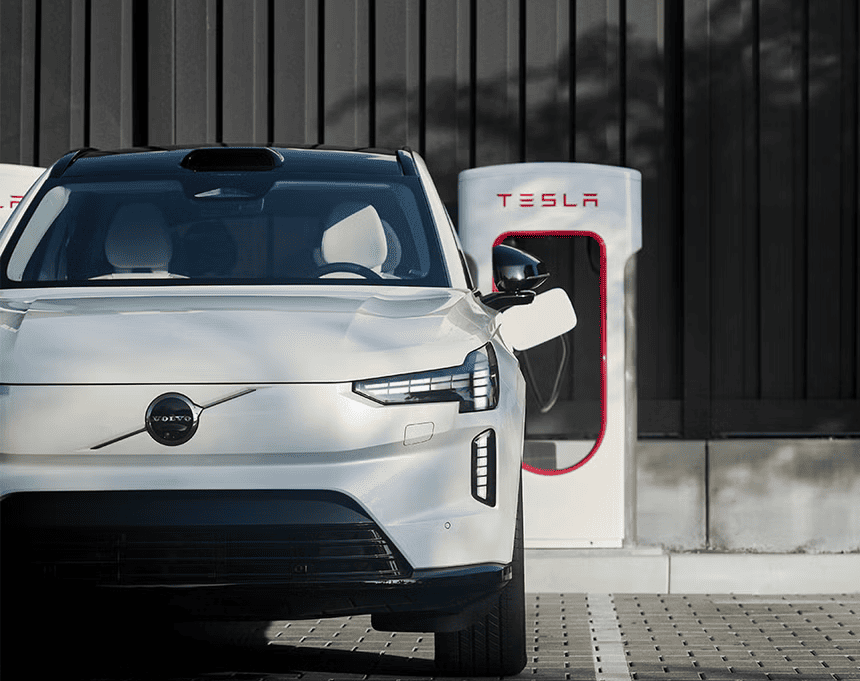
The North American Charging Standard (NACS) represents a pivotal moment in the evolution of electric vehicle infrastructure. By offering a unified solution for both AC and DC charging, NACS simplifies the charging process, making it more accessible, efficient, and convenient for EV owners. Its adoption by major automakers like Ford, Rivian, and GM underscores its growing importance as a standard for the future of electric vehicle charging.
With the backing of industry leaders and the standardization by SAE, NACS is poised to become the dominant charging standard in North America. This development promises to enhance the EV ownership experience, making charging more straightforward and accessible, while helping to accelerate the transition to sustainable, electric mobility.
